The sudden collapse of Thomas Cook, like Carillion, raises urgent questions of board vigilance and competence. Directors of listed companies have a duty of care to their shareholders, employees and a range of stakeholders which should not be taken lightly. A board collectively should know when its debts and liabilities are too high to trade legally, yet how easy is it to recognise this tipping point?
It is said that Thomas Cook had a negative balance sheet of £3.1bn when it sought to raise a further £900m from the Chinese tourism group firm Fosun, its largest shareholder. On 9 September its two major lenders, both state owned banks incidentally, demanded a further £200m as a ‘seasonal standby facility’. It was failure to fund this extra security that forced it into administration at 02.00am on 23 September.
The markets had only been told of the extra £200m on Friday 20 September. What had the board been doing for the intervening 11 days since first made aware of the extra security in the form of the standby facility? Investors claim they were left trading in a false market. The board had a duty to declare that it was trading while insolvent, however it failed to do this.
There is a lot of guidance available to incoming directors on their fiduciary duties, liabilities and governance responsibilities, so ignorance is no excuse. Strategies adopted by the executive should be scrutinised by non-executive directors to provide balance and prudence in decision making. Nevertheless, identifying the point when trading becomes insolvent remains a challenge, even for those capable of interrogating the balance sheet or a Finance Director. In many cases the executive will be reluctant to recognise the position due to confirmation bias or over-optimism.
An external audit by one of the major accountancy firms can determine whether a business is trading while insolvent, however this is not guaranteed. The auditors of Patisserie Valerie, where a large trading loss was ‘discovered’, claimed that it was not the duty of the auditor to identify insolvent trading, and that it was primarily the duty of the board to disclose insolvency. This means the board needs to know how to spot the tipping point from a financial and legal standpoint.
The post-mortem on Thomas Cook has already begun and, like Carillion previously, may result in an enquiry by a Parliamentary committee. It is possible that there will be a call for higher quality boardrooms more capable of averting costly business collapses. The Financial Reporting Council will update the Corporate Code and probably insist on minimum standards for directorship positions.
Currently there is an MA in Board Practice Development offered by Henley Business School, and no doubt this will provide a template for training and qualifications offered by the Institute of Directors and other professional bodies in the future. While many serving directors feel no need for accredited qualifications once they reach the boardroom, it is possible these will become a future requirement.
For more information contact info@chiron-risk.com

